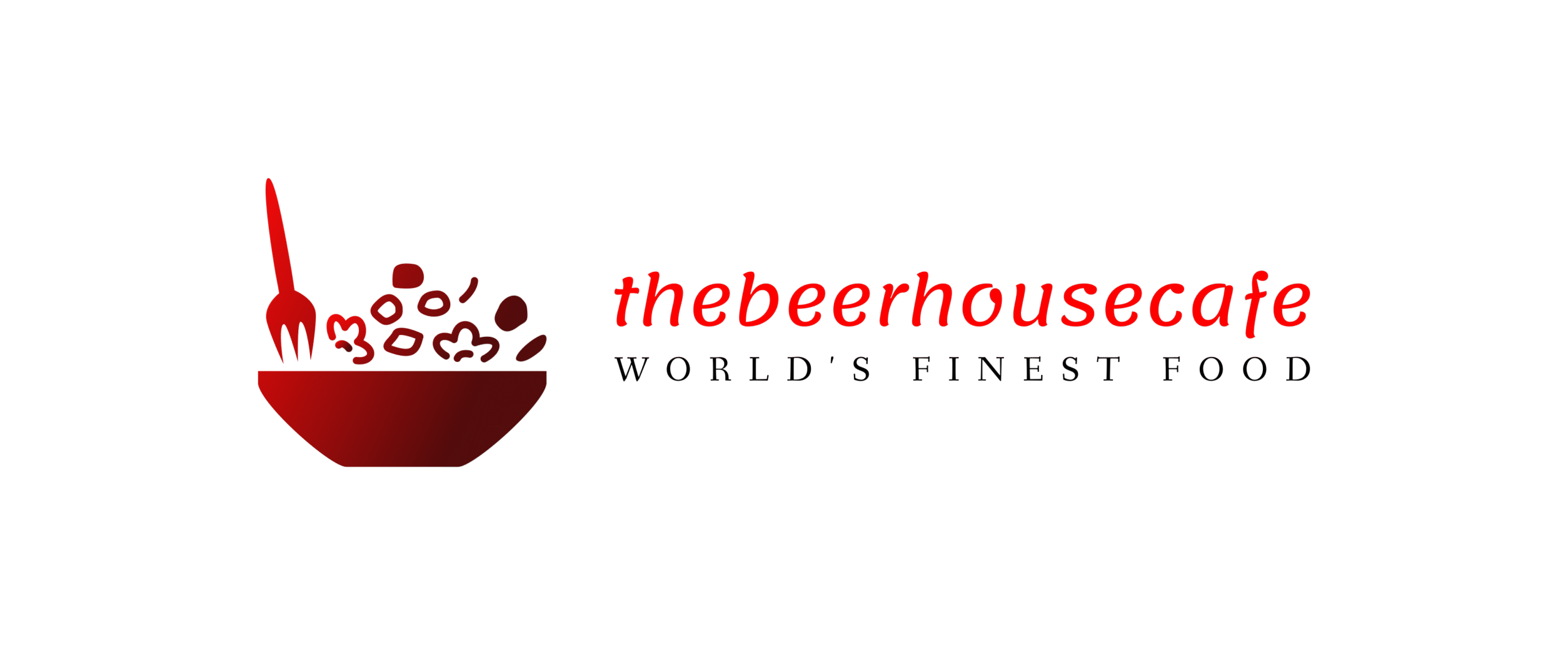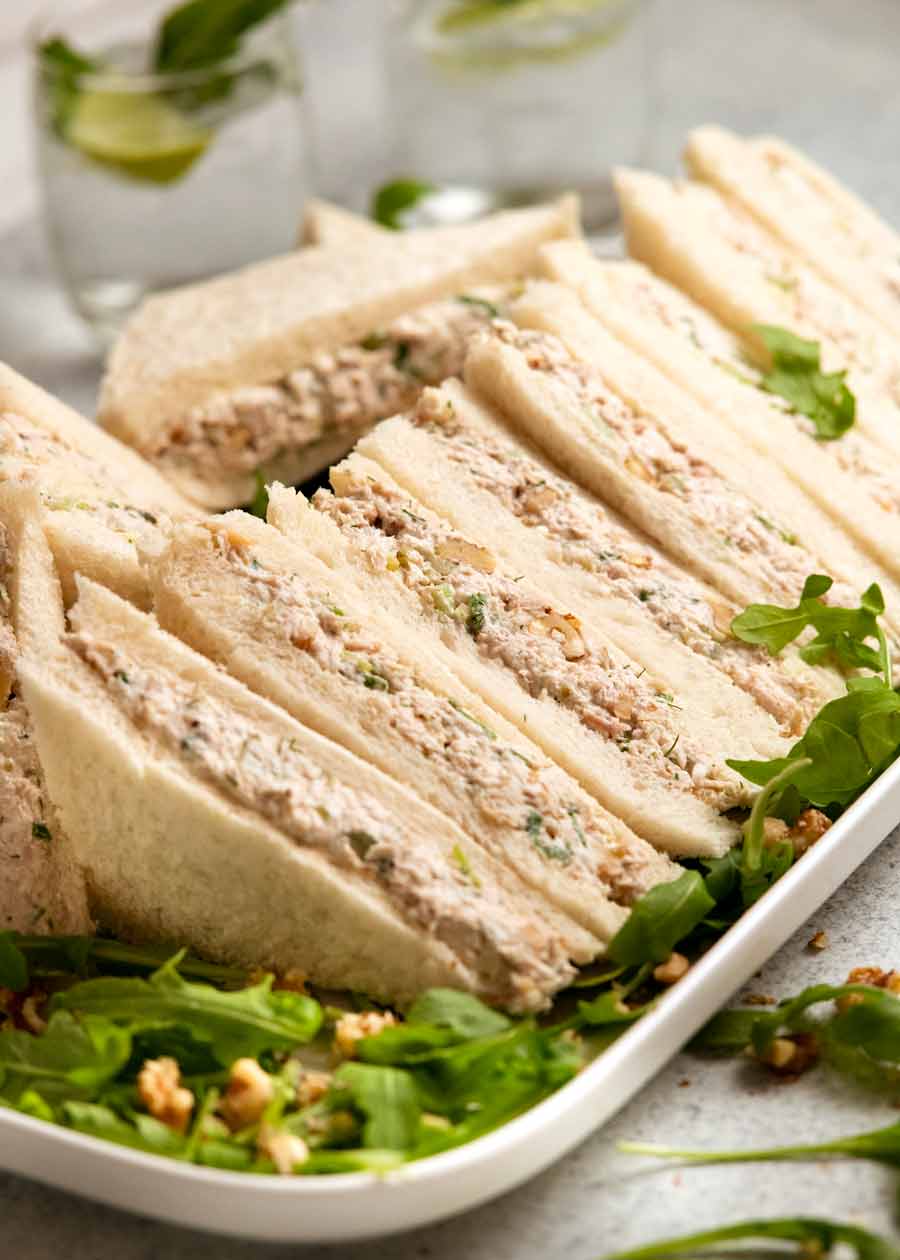Debunking common pet food myths | Pets
Raw diets have made the rounds for both humans and pets alike in recent popularity, with a few distinctions. For humans, a raw diet is composed of unprocessed and uncooked food with versions for vegans, vegetarians, and omnivores. Though there are benefits to be had going the raw route, this type of diet can also lead to nutrient deficiencies.
So how does a raw diet stack up for pets? A biologically appropriate raw food or bones and raw food diet for pets, also known as BARF diets, consists of foods such as grains, vegetables, bones, and meat. Raw meat-based diets are also referred to as RMBD. A theory behind a raw diet for pets is to bring animals back to their roots of eating in the wild. Proponents have also said the quality of raw diets for pets is superior and more easily digested. Thus far, no specific evidence has been found that feeding pets a raw diet versus conventional food is beneficial.
In fact, as far back as 2010, the American Veterinary Medical Association, American Animal Hospital Association, and Canadian Veterinary Medical Association came together to discourage the practice, citing that “potential pathogen contamination of the uncooked meat causes health risks to the pet fed the diet as well as to other pets, human family members, and members of the public in contact with the pet.” As with humans, a raw diet for pets may lead to nutrient deficiencies or excesses.







